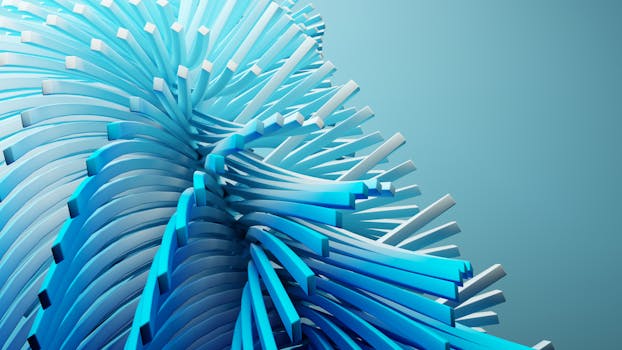
Introduction to the Digital Art Movement

In recent years, digital art has surged in popularity, transforming the creative landscape as artists embrace technology in new and exciting ways. The fusion of art and technology has created a platform where boundaries are blurred, traditions are challenged, and new forms of expression arise. Whether it’s graphic design, 3D modeling, or digital painting, artists today have access to a trove of tools and resources available at their fingertips.
Innovative Tools for Artists

Today’s artists benefit from an array of sophisticated digital tools, each leading to innovative outcomes. Software options such as Adobe Photoshop, Corel Painter, and Procreate have revolutionized how artworks are created. They provide artists with intricate functions like layering, texture simulation, and a multitude of brushes that mimic traditional painting techniques. Moreover, drawing tablets and styluses allow for a true painting experience with a direct handwriting feel.
The Rise of NFTs and Digital Ownership

The emergence of Non-Fungible Tokens (NFTs) has created an additional ripple effect in the digital art revolution. NFTs have provided artists with a unique way to prove ownership and provenance of their digital creations. This has empowered artists to monetize their work without going through traditional art mediaries and added a new layer of value to digital works. The trading of NFTs on platforms such as OpenSea and Rarible has transformed how collectors and artists understand and appreciate digital art.
Collaborative Platforms for Artists

Collaboration has taken on new meanings within the digital art community. Platforms like Behance and ArtStation foster an environment where creatives share work, exchange feedback, and develop projects collaboratively regardless of geographical barriers. This interconnected global community nurtures diversity and cross-cultural influences in artistry, facilitating an explosion of fresh ideas and styles that fight routine concepts.
Future Perspectives on Digital Art

The future of digital art seems bright as technology continually evolves. Advancements in virtual reality (VR), augmented reality (AR), and artificial intelligence (AI) promise to expand artists’ methodologies beyond current capabilities. With VR and AR, immersive environments provide interactive experiences, while AI algorithms can generate artistic content autonomously or assist in creativity-enhancing processes. As traditional techniques meet digital innovations, the boundaries of what art can be are pushed constantly, paving the way for novel concepts and designs.






